Scoliosis
Scoliosis Exercises
Body Part:
Back
Equipment:
Midi Foam Roller
Level:
Beginner
Scoliosis
Body Part:
Back
Equipment:
Midi Foam Roller
Level:
Beginner
The most common symptoms of adult scoliosis are lower back pain, stiffness, and pain that shoots down the legs. We’ve developed a home exercise program that may help relieve these symptoms. All you need for our routine is our Midi Foam Roller. If you don’t have our tool, you can use something similar. Jump to our routine if you’d like to start exercising, or keep reading to learn more about your spine and adult scoliosis.
Before discussing adult scoliosis, let’s take a look at your spine. Knowing the anatomy of your spine will give you a clearer picture of adult scoliosis.
The spine is your body’s central support system. This curvy structure allows you to walk, run, sit, stand, bend, and twist. Your spine consists of 33 vertebrae, which are divided into 5 regions:
The cervical spine is the first 7 vertebrae in your neck. This area of your spine is shaped like a C; the natural curve is called lordosis.
The thoracic spine is the next 12 vertebrae. This area of your spine runs through your upper and mid-back; it’s where your ribcage is attached.
The lumbar spine consists of the 5 vertebrae in your lower back. This area of your spine is connected to the pelvis and shaped like a C.
Under the lumbar spine is the sacrum, a triangular-shaped bone made up of the 5 sacral vertebrae. The sacrum is attached to your hips. The coccyx (or tailbone) is at the bottom of your spine; it’s 4 vertebrae that are fused together.
The vertebrae in the cervical, thoracic, and lumbar spine are moveable thanks to cartilaginous joints called facet joints. Between the vertebrae are intervertebral discs, gel-like pads that absorb the shock of movement. Running from the skull base to the lumbar region is a structure of nerves called the spinal cord. Ligaments stabilize your spine; the surrounding muscles and tendons facilitate movement.
If you look at a healthy spine from the front, it forms a straight line. From the side, the spine is shaped like an S. The natural curve helps the spine absorb shock and protects it against injury. An adult spine with scoliosis viewed from the front is twisted, curving to the side.
There are two forms of adult scoliosis: degenerative and idiopathic.
Degenerative scoliosis, also referred to as de nova scoliosis or adult spine deformity (ASD), is the most common form of adult scoliosis. Degenerative scoliosis occurs when the intervertebral discs and facet joints wear down because of ageing. Degenerative scoliosis commonly develops in the lumbar spine (lower back).
Symptoms of degenerative scoliosis are:
The curvature of the spine isn’t usually what causes the pain; it’s the worn-out intervertebral discs or joints compressing the nerves.
Adult idiopathic scoliosis begins developing in adolescence (adolescent idiopathic scoliosis) and continues in adulthood or is discovered after the skeleton has finished growing. “Idiopathic” means unknown. Scoliosis is called idiopathic if the cause can’t be found. 1) Idiopathic scoliosis occurs in the thoracic spine (mid and upper back) and lumbar spine (lower back). The condition causes the intervertebral discs and joints to deteriorate.
Symptoms of adult idiopathic scoliosis are:
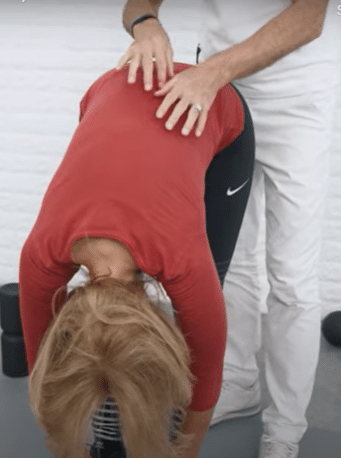
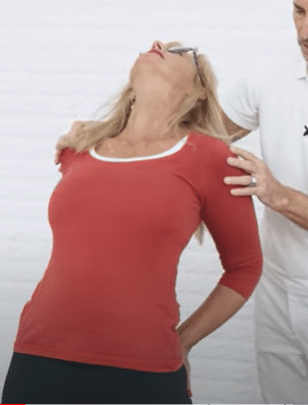
Important: make sure you’re turning your trunk and not turning from your pelvis.
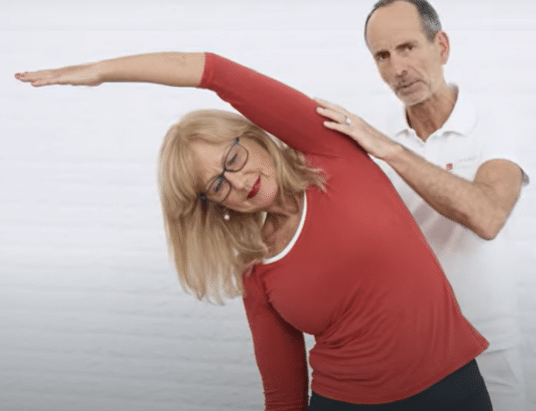
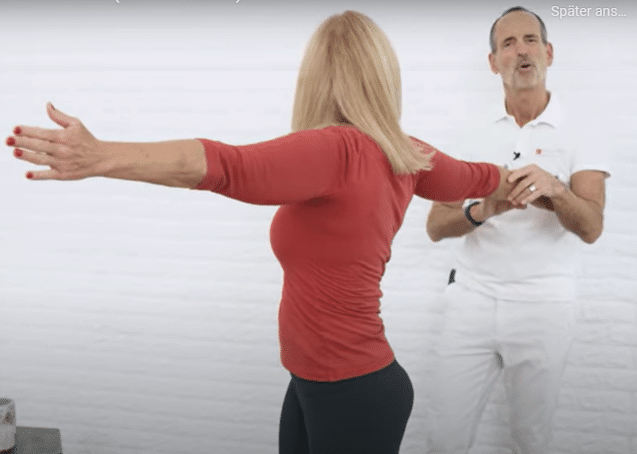
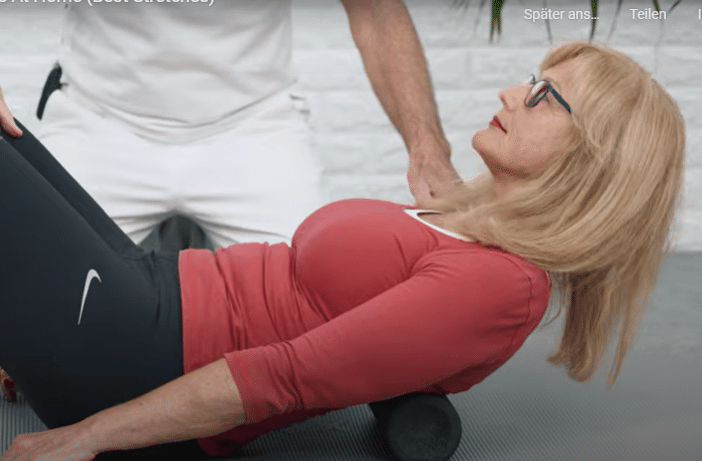
You’ll need our Midi Foam Roller for the following exercises. If you have severe scoliosis, we recommend an exercise mat.
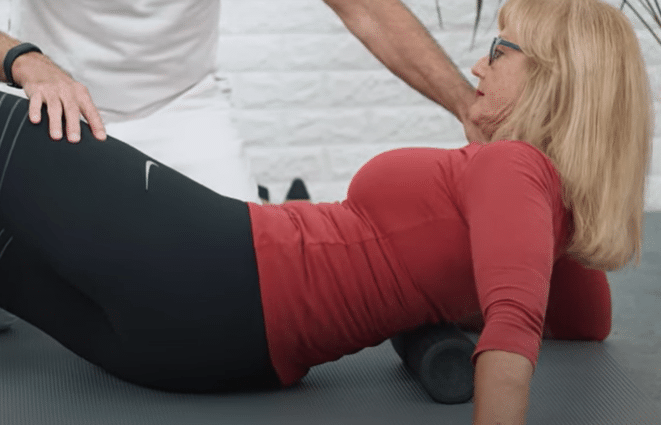
Practice our exercises for adult scoliosis 6 days a week for 3 weeks. You can adjust how often you exercise when your back feels better.
Our Encyclopedia Article is what you need to know about age-related wear and tear to the spine, risk factors, and how to prevent the condition.
Learn More NowGravity is partly responsible for our poor posture. This 4 minute posture correction exercise shows you how to team up with gravity to develop a healthy habit.
Get Healthier Posture NowDiscover how to rejuvenate your back and hips with our Back Hero. All you have to do is choose the perfect Back Hero stack, lie down, and stretch.
Try Our Back Hero Stretch